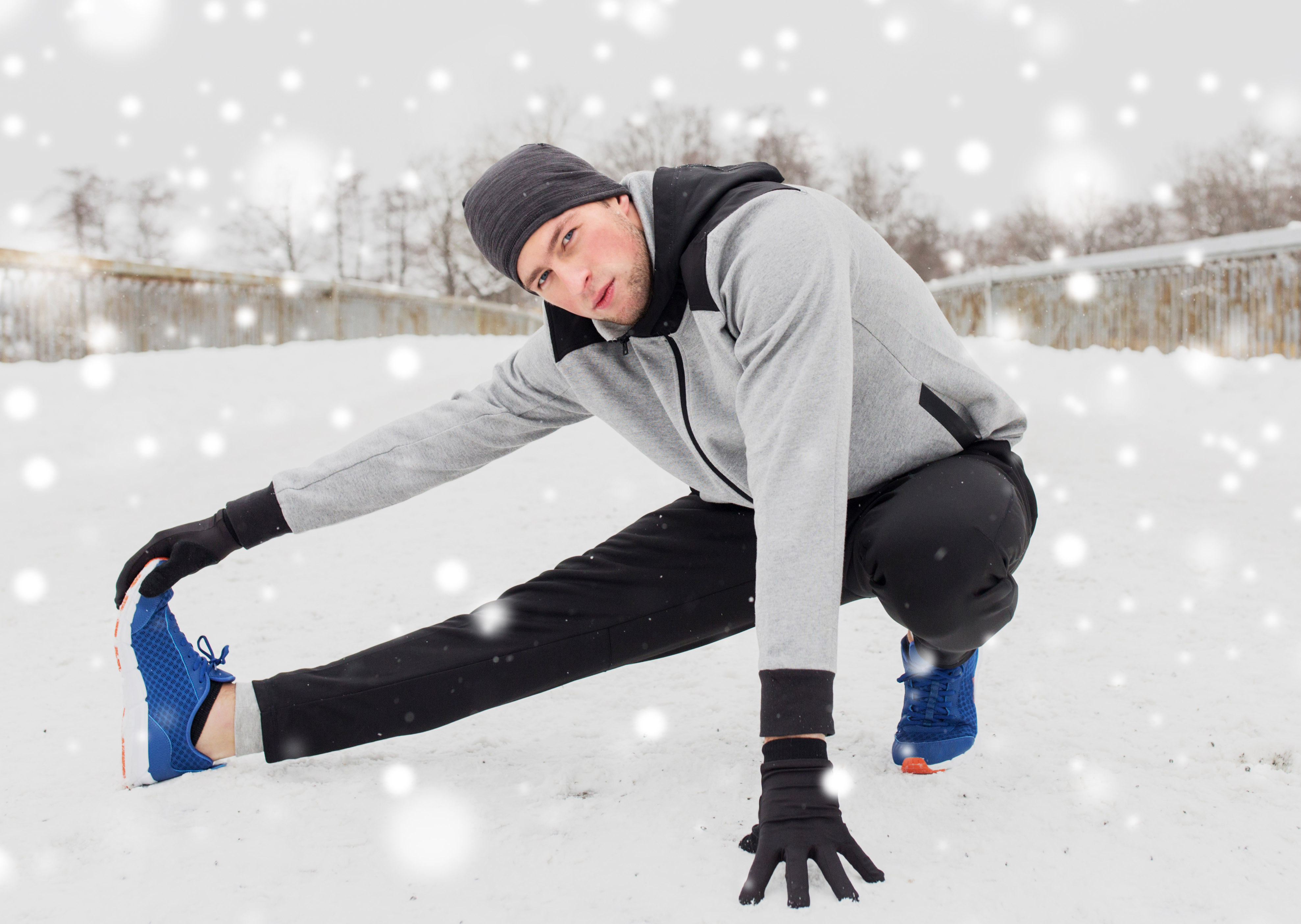[vc_row][vc_column width="1/1"][vc_column_text]By: Active Sports Therapy
A little snow and ice typically will not get in the way of a die-hard runners’ training schedule. In an effort to keep fitness levels up, and specific running muscles toned, runners who are training for upcoming events will often brave the cold as they work toward their goals. Since the terrain and technique differ in the winter time, we often see different injuries than we do in the summer time from our running clientele.
The common winter running injuries that we see at Active Sports Therapy are:
- Knee strains and sprains
- Acting up of plantar faciitis
- Groin pulls from slips
- Overuse injuries in the feet and ankles
To keep running in winter from being too stressful on your body, keep the following tips in mind:
KEEP YOU BODY NICE AND WARM
Watch the forecast and do try to pick days that are a bit less frigid to head out for run. If your schedule permits you can try to schedule your jog for the sunny parts of day versus early morning or evening.
Since cold muscles are much more susceptible to injury you’ll have to make sure you’ve got the right gear. Moisture wicking socks, specially made winter running shoes, winter running tights or thermal leggings with wind pants overtop to protect you from the winter winds. You’ll need a couple of layers on top and of course a hat to prevent losing heat out of the top of your head. Keeping your muscles warm will make them less likely to experience a tear or injury.
PREPARE FOR THE GROUND CONDITIONS
Uneven ground with snow-packed and slippery sections lends itself well to injuries like groin pulls, slips, and falls. The ground is also harder in the winter time, and some folks will develop knee pain or lower leg and foot injuries. For this, ensure your shoes are replaced on a regular basis and consider wearing extra winter grips that slip over top of your shoes so you don’t find yourself doing the splits on the running path. Depending on the shoe, the foam in your shoes can freeze and harden making the impact on your body feel even greater.
CHECK IN WITH YOURSELF – IS YOUR STRIDE LENGTH DIFFERENT IN WINTER?
Many runners will find that they widen their stance and take shorter, choppier strides in order to maintain balance in slippery winter conditions. This type of stride will have more impact on your hip flexors than your typical long summer strides. Therefore you may find you need to stretch these muscles both before and after your run. (Not to mention of course your regular full set of muscle stretches).
CONSIDER A FACE MASK
If you’re prone to coughing, have allergies, or have dry lungs, consider purchasing a lightweight running mask to help keep the air near your face warmer. You can find great products designed for winter running or even the ones designed for cross-country skiers can be a great solution.
DRINK WATER
Just because you’re cold, it does not mean that you’re not sweating and losing water the same way you do in summer. Make sure you drink up and stay hydrated.
We are a leading sports injury clinic in Calgary and can treat your running and sport injuries using Chiropractic, Active Release Techniques, Physiotherapy, Massage Therapy, Acupuncture and more.
Click to Read About Active Release Techniques
Click to Read about Muscle Activation Techniques[/vc_column_text][/vc_column][/vc_row]


